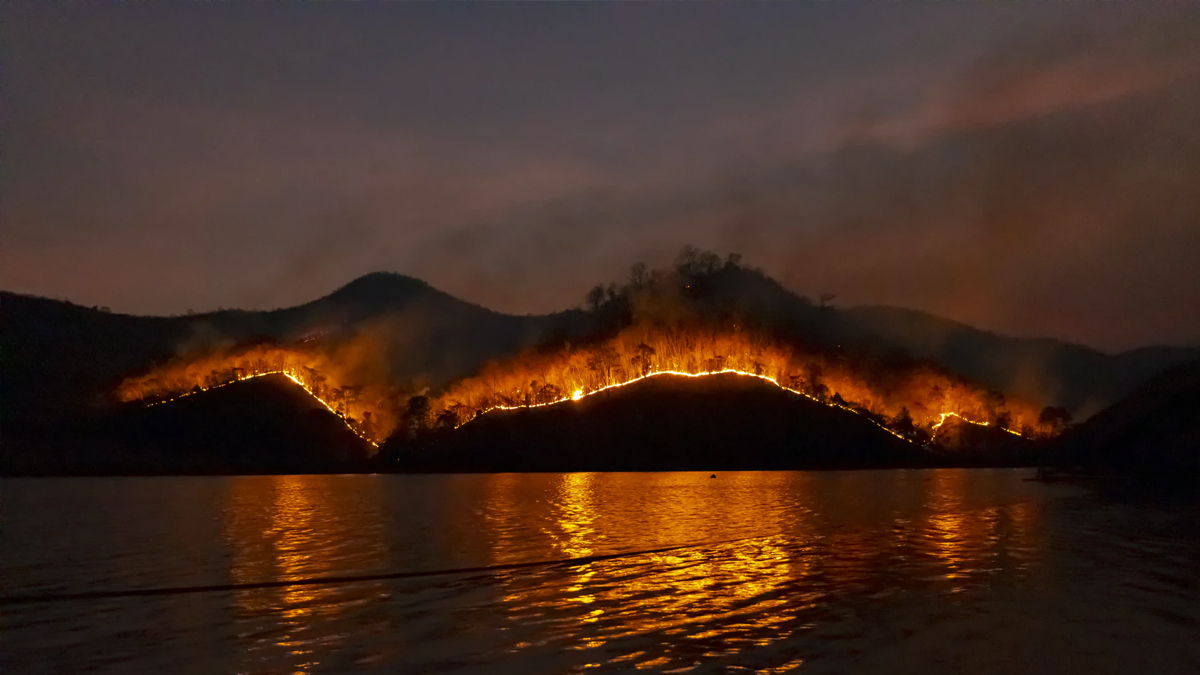on
Research into home destruction vs. home survival in wildfires points to embers and small flames as the main way that the majority of homes ignite in wildfires. Embers are burning pieces of airborne wood and/or vegetation that can be carried more than a mile through the wind can cause spot fires and ignite homes, debris and other objects.
Fire is unpredictable. If there are weaknesses in your home’s fire protection scheme, fire can gain the upper hand because of some overlooked or seemingly inconsequential factor. By creating wildfire-defensible zones, homes are less vulnerable from this naturally occurring phenomenon and the chance of spreading wildfires is greatly reduced.
The Home Ignition Zone
Two factors have emerged as the primary determinants of a home’s ability to survive a wildfire – quality of the defensible space around the home and the home’s structural ignitability.
Together, these two factors create a concept called the Home Ignition Zone (HIZ), which includes the structure and the space immediately surrounding the structure. To protect a home from wildfire, the primary goal is to reduce or eliminate fuels and ignition sources within the HIZ.
Defensible Space
Defensible space is the area around a home or other structure that has been modified to reduce fire hazard. In this area, natural and manmade fuels are treated, cleared or reduced to slow the spread of wildfire. Creating defensible space also works in the reverse, and reduces the chance of a structure fire spreading to neighboring homes or the surrounding forest. Defensible space gives your home a fighting chance against an approaching wildfire.
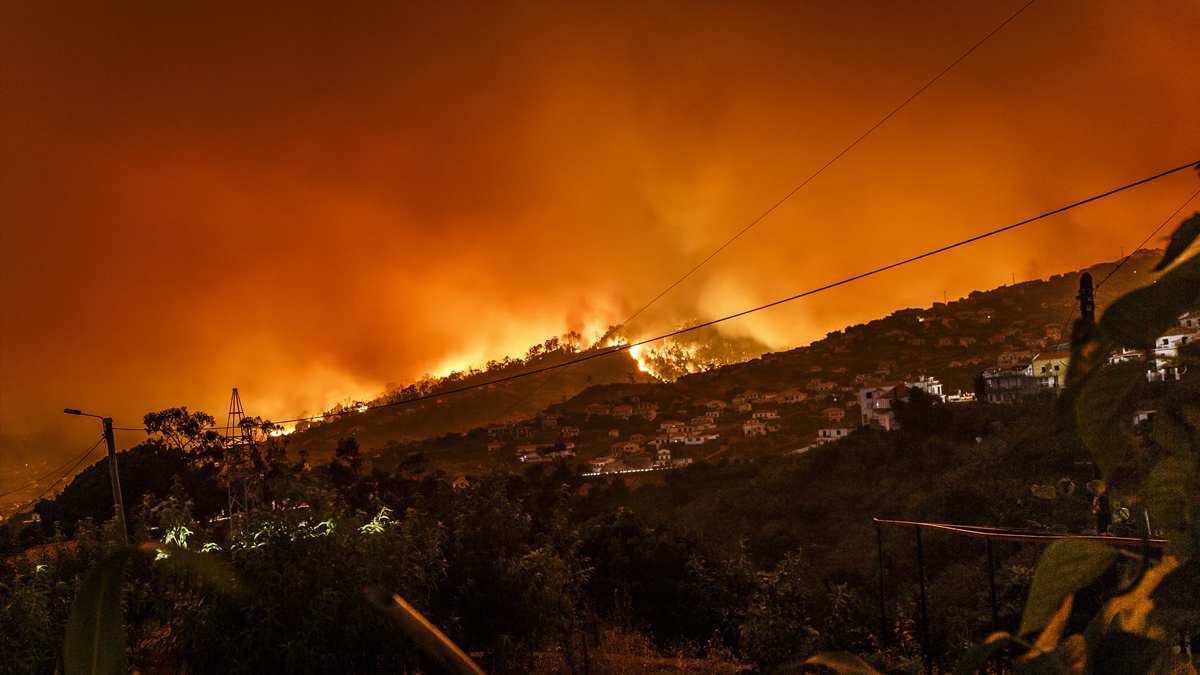
Creating an effective defensible space involves a series of management zones in which different treatment techniques are used. Develop these zones around each building on your property, including detached garages, storage buildings, barns and other structures.
The actual design and development of your defensible space depends on several factors.
- Size and shape of building(s)
- Construction materials
- Slope of the ground
- Surrounding topography
- Sizes and types of vegetation on your property
Defensible Space Management Zones
Three zones need to be addressed when creating defensible space:
1. Immediate zone
The home and the area 0-5’ from the furthest attached exterior point of the home; defined as a non-combustible area. Science tells us this is the most important zone to take immediate action on as it is the most vulnerable to embers. START WITH THE HOUSE ITSELF then move into the landscaping section of the Immediate Zone.

- Clean roofs and gutters of dead leaves, debris and pine needles that could catch embers.
- Replace or repair any loose or missing shingles or roof tiles to prevent ember penetration.
- Reduce embers that could pass through vents in the eaves by installing 1/8 inch metal mesh screening.
- Clean debris from exterior attic vents and install 1/8 inch metal mesh screening to reduce embers.
- Repair or replace damaged or loose window screens and any broken windows Screen or box-in areas below patios and decks with wire mesh to prevent debris and combustible materials from accumulating.
- Move any flammable material away from wall exteriors – mulch, flammable plants, leaves and needles, firewood piles – anything that can burn. Remove anything stored underneath decks or porches.
2. Intermediate zone
5-30’ from the furthest exterior point of the home. Landscaping/hardscaping- employing careful landscaping or creating breaks that can help influence and decrease fire behavior
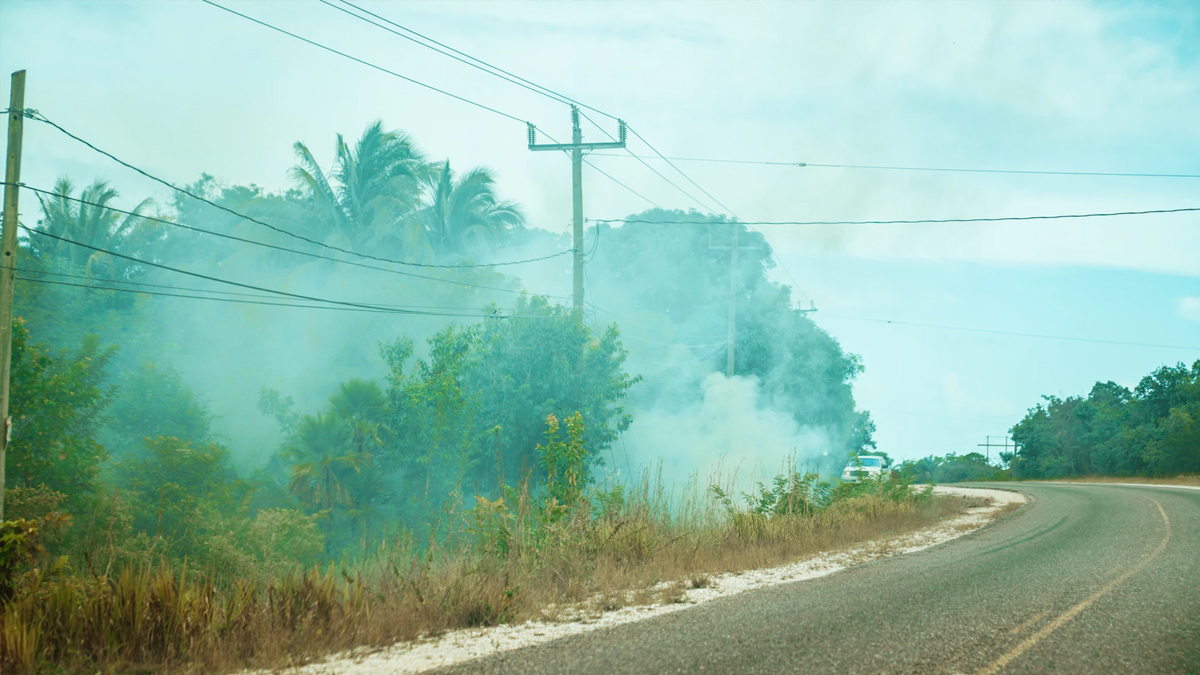
- Clear vegetation from under large stationary propane tanks.
- Create fuel breaks with driveways, walkways/paths, patios, and decks.
- Keep lawns and native grasses mowed to a height of four inches.
- Remove ladder fuels (vegetation under trees) so a surface fire cannot reach the crowns. Prune trees up to six to ten feet from the ground; for shorter trees do not exceed 1/3 of the overall tree height.
- Space trees to have a minimum of eighteen feet between crowns with the distance increasing with the percentage of slope.
- Tree placement should be planned to ensure the mature canopy is no closer than ten feet to the edge of the structure.
- Tree and shrubs in this zone should be limited to small clusters of a few each to break up the continuity of the vegetation across the landscape.
2. Extended zone
30-100 feet, out to 200 feet. Landscaping – the goal here is not to eliminate fire but to interrupt fire’s path and keep flames smaller and on the ground.
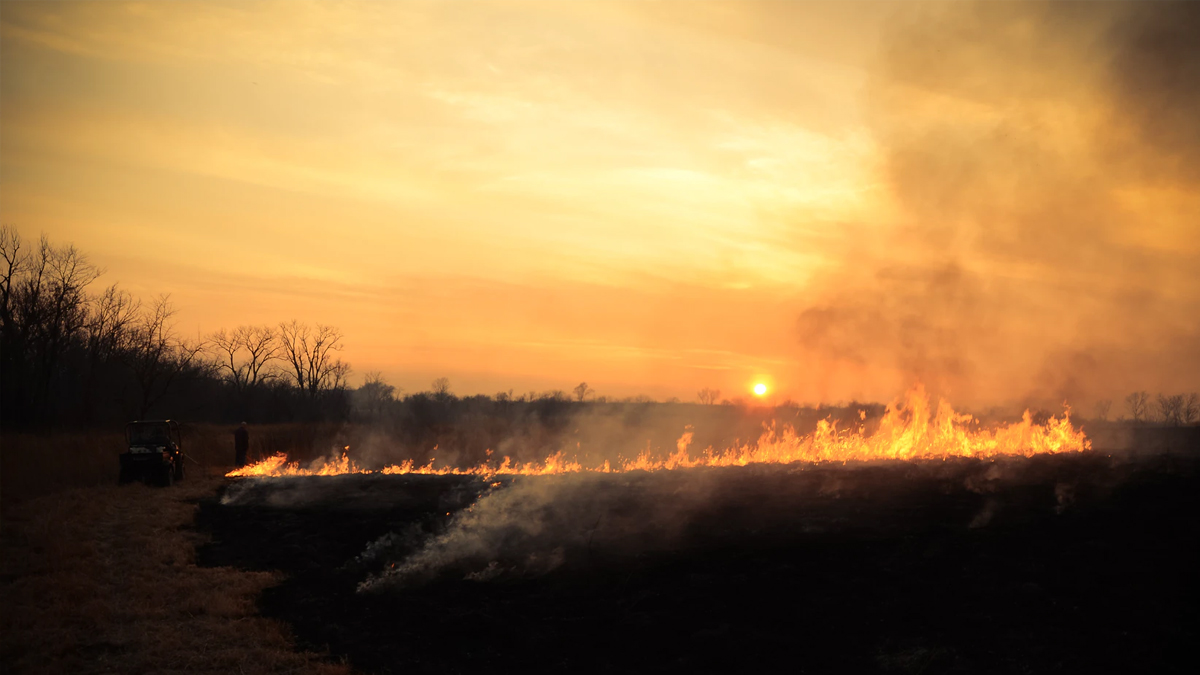
- Dispose of heavy accumulations of ground litter/debris.
- Remove dead plant and tree material.
- Remove small conifers growing between mature trees.
- Remove vegetation adjacent to storage sheds or other outbuildings within this area.
- Trees 30 to 60 feet from the home should have at least 12 feet between canopy tops.*
- Trees 60 to 100 feet from the home should have at least 6 feet between the canopy tops.*
*The distances listed for crown spacing are suggested based on National Fire Protection Association (NFPA) 1144. However, the crown spacing needed to reduce/prevent crown fire potential could be significantly greater due to slope, the species of trees involved and other site specific conditions. Check with your local forestry professional to get advice on what is appropriate for your property.
Using goats to reduce fire danger
While we keep dairy goats for their wonderful milk, we are also very aware that goats are also great for helping to mitigate wildfire danger, especially in steep canyons and other places it would be nearly impossible for humans to effectively manage.
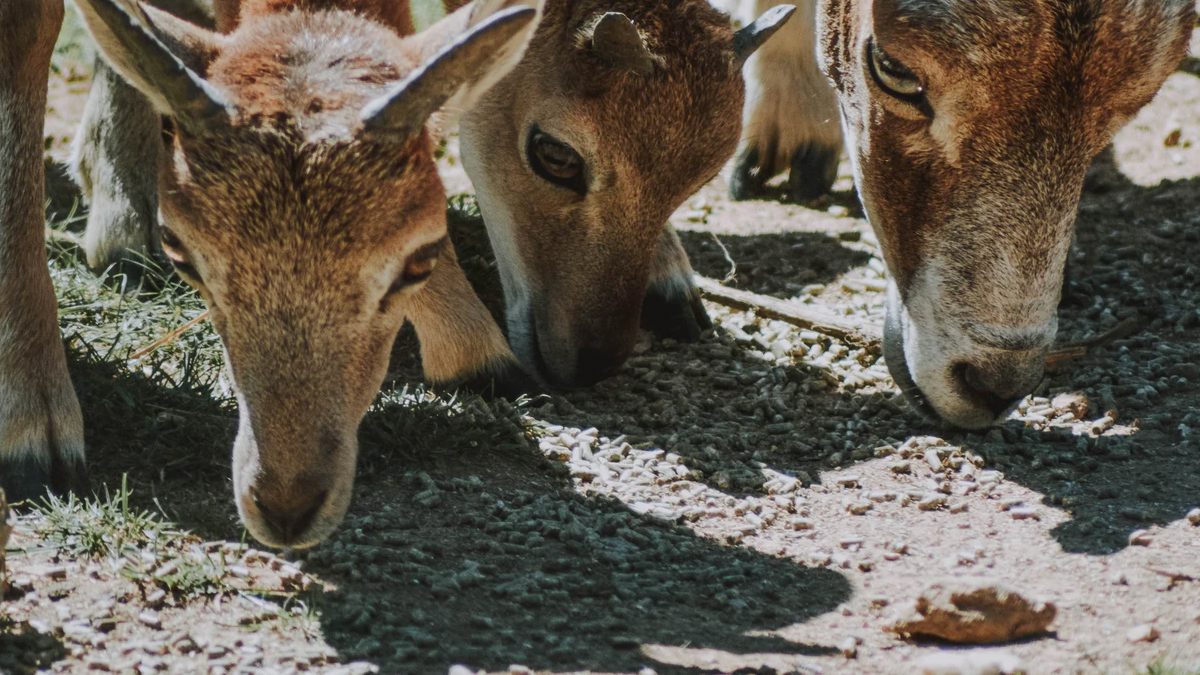
Unlike sheep that are grazers, goats are browsers like deer. They are happiest when they have plenty of brush to eat, and they will stand up on their hind legs to get at the brush, or low tree branches effectively pruning them to the recommended height of 6 or more feet off the ground.
Another benefit to using goats is they tend to go after non-native species in these environments. A recent study from the University of Massachusetts Amherst found that these alien grasses are increasing the frequency of wildfires because of how easily they burn.
“If you throw a bunch of matches into a forest, some small percentage of them might actually start a fire,” says Bethany Bradley, professor of environmental conservation at UMass Amherst and co-author of the study, “but if you throw a bunch of matches into a big hay pile, there’s a good chance that many of those will catch fire.”
The study found that these alien grasses double or triple the likelihood of a fire occurring if they’re present.
So if you live in areas that are not easily accessible, but has a high fire danger you might consider adding goats to help mitigate the potentially catastrophic effects of a fire coming through.
Additional tips
Make use of your state and local fire professional resources. In many areas you can request for a professional to come out and give you an evaluation of your properties ability to withstand a wildfire.
If you a planning to build a home, again check into the latest fire-resistant products for both roofing and siding. A simple metal roof without dormers is often the best as it will shed embers and their won’t be any place for them to get hung up long enough to burn through. Same with the siding, soffits and vents. Use the best technology you can, and check periodically if there are upgrades available to improve your protection.
Get access to premium content and more!



